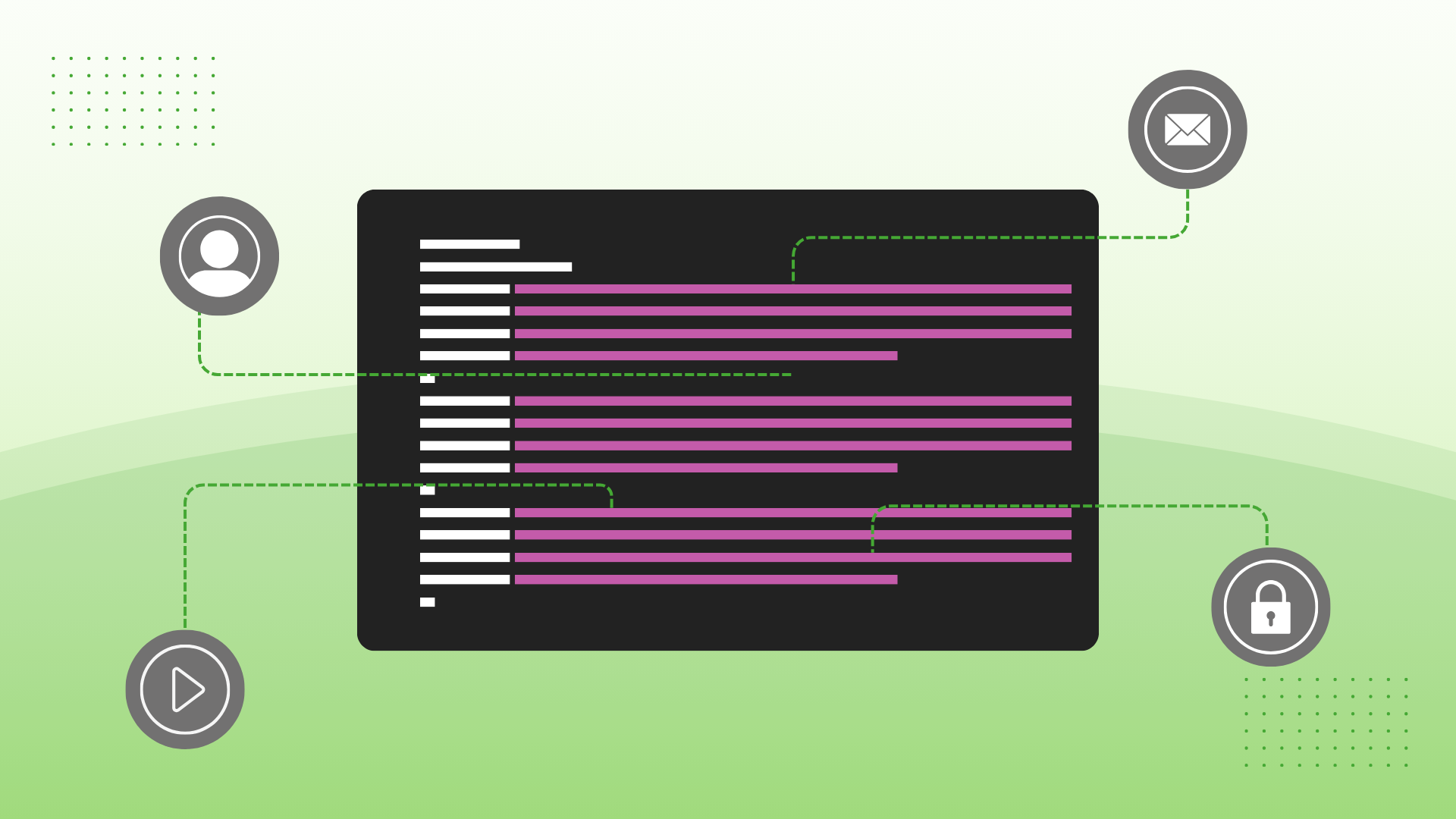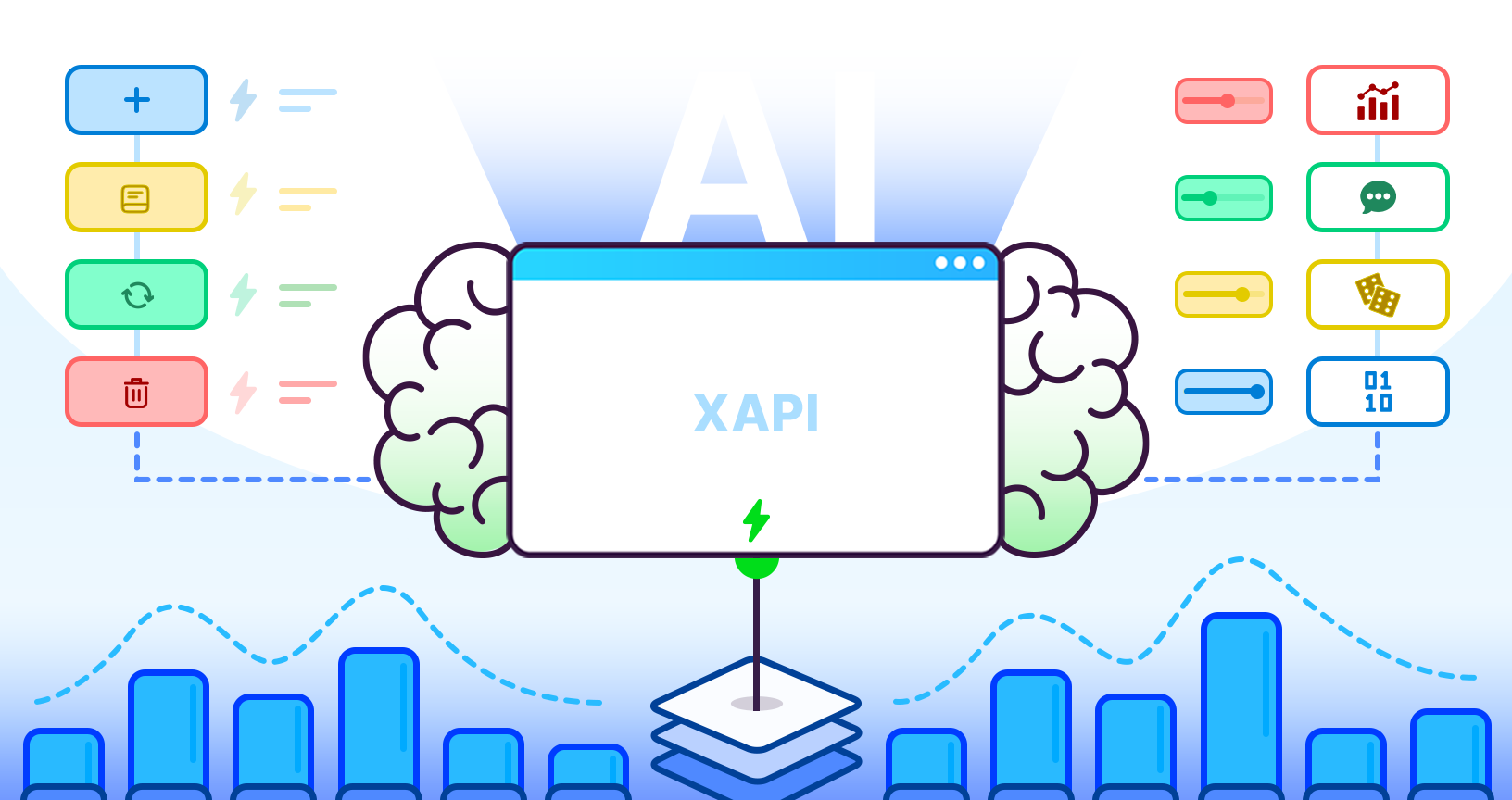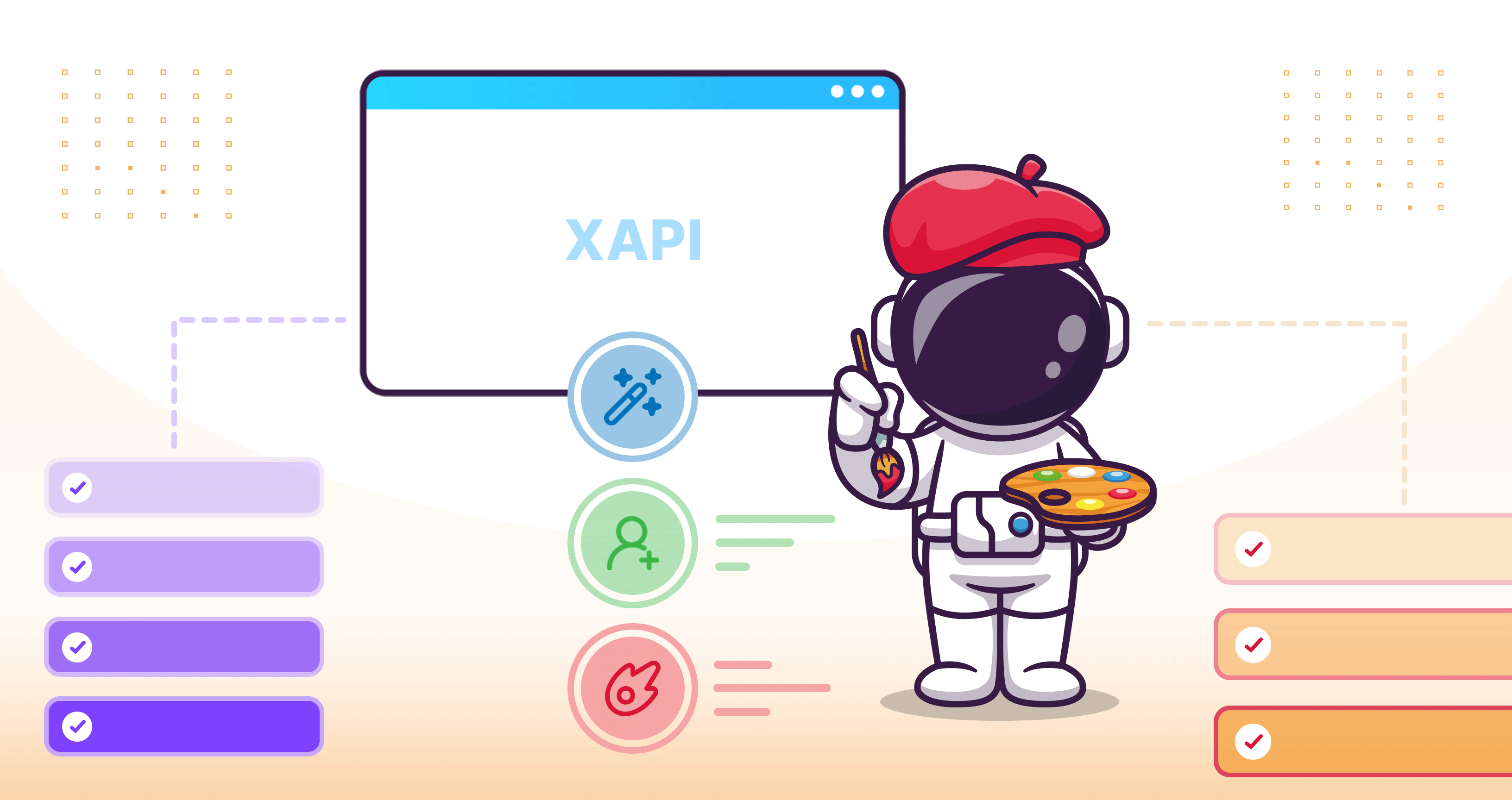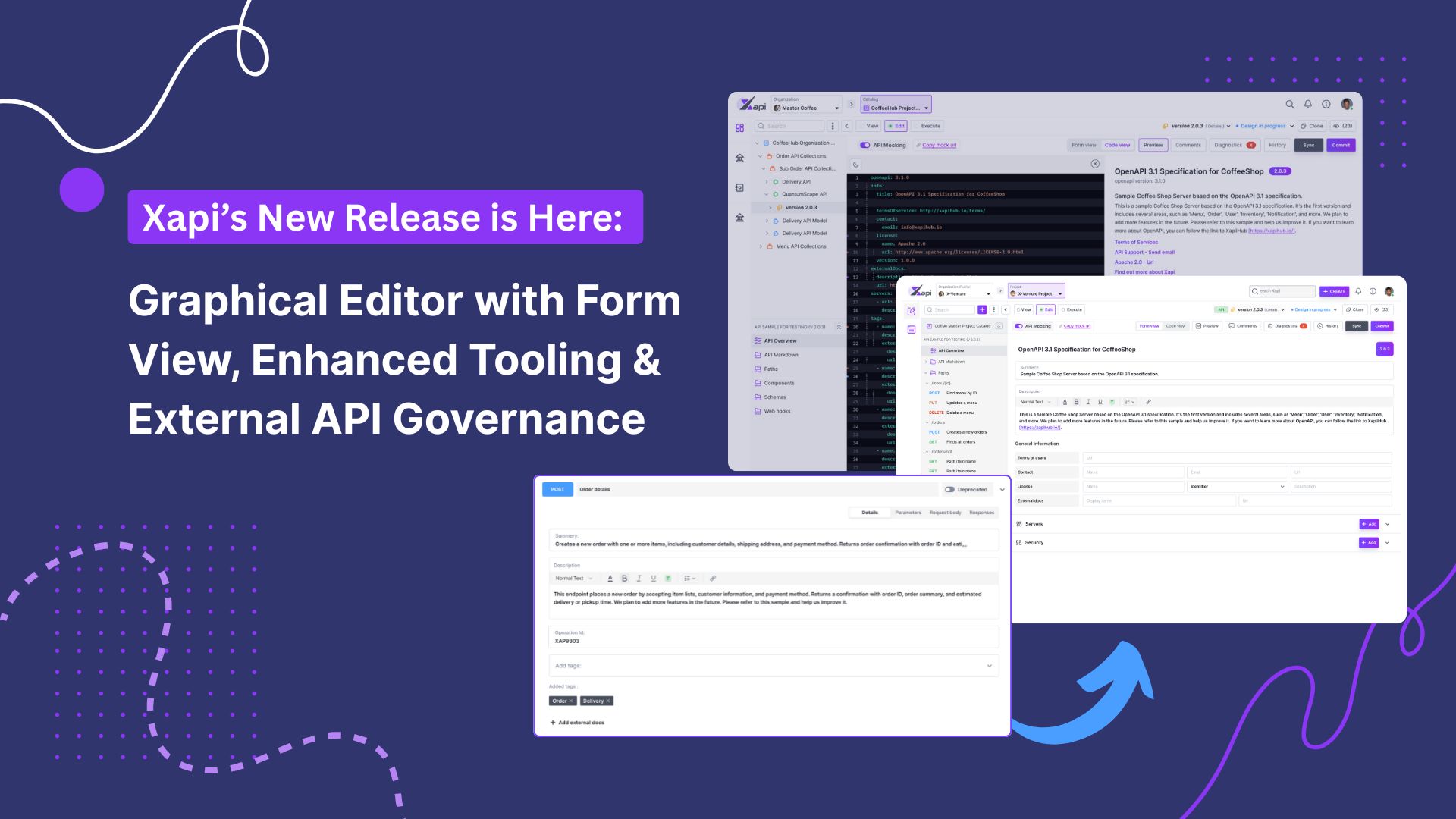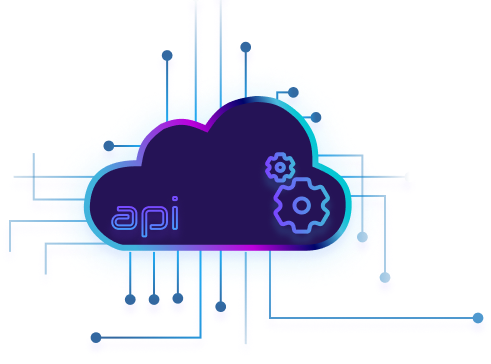How to Choose the Right API Governance Tool

Kaveesha Wijesinghe
23 July,2024 •
10 mins read
API governance entails rules, procedures, and policies that apply throughout the lifecycle of an API. Organizations that like to effectively manage their APIs, should cautiously choose the right API governance tool. that ensures security, reliability, and standard-compliance. This blog will provide a complete grasp on selecting an API governance tool by shedding light on assessing organizational needs, identifying key features, exploring popular tools, and outlining a structured evaluation and implementation process.
Understanding API Governance
API governance is the combined practice of guidelines on how to manage, monitor, and secure APIs throughout their lifecycles. The primary goals of API governance include:
-
Security that provides protection against threats and vulnerabilities
-
Consistency for uniformity of standards, compliance, and high performance
-
Reliability by adhering to regulatory and industry standards
-
Collaboration among developers, product managers, and other associated stakeholders
Analyzing Your Needs
While selecting an API governance tool, it is necessary to critically assess the individual requirements of your organization.
-
Business Compliance: The selected tool must meet business objectives and solves enterprise problems in the best possible way.
-
API Ecosystem Extent: Consider how big your API ecosystem is. Enterprises with numerous APIs may require a system that can handle many endpoints efficiently. Conversely, smaller organizations might place more emphasis on user-friendliness and simplicity.
-
Security and Compliance: Organizations handling sensitive information or operating in highly regulated industries will need a tool with strong security features and compliance capabilities.
-
Technology Compliance: Determine whether your APIs need support for specific protocols such as REST, GraphQL or SOAP. Consider the current technology stack. The preferred tool should be integrated smoothly within the existing infrastructure so as not to interrupt other operations but to maximize efficiency.
-
Cost Benefits: Perform a cost-benefit analysis. Certain governance tools may have extensive features with a high price tag. So, one needs to strike a balance between cost and functionality to get value for money spent on the purchase.
-
Team Collaboration: A collaborative governance tool will help improve productivity through seamless communication and coordination among team members.
Features to Consider
Here are some key API governance tool factors that must be in place when evaluating comprehensive management and control of your APIs:
-
Security and Compliance
API security is an important part of governance. Look out for tools that provide strong authentication and authorization mechanisms like OAuth, JWT, or API keys. These features ensure that only authorized users can access your APIs thereby protecting sensitive data from unauthorized access. Encryption capabilities are also essential to ensure that data is encrypted both in transit and at rest.
For firms handling sensitive data, it is crucial that they comply with regulatory standards such as GDPR, HIPAA or PCI-DSS. The tool should have compliance support functionality like anonymization of data, auditing, and reporting capabilities.
-
Policy Management
API governance cannot be complete without effective policy management as a starting point. An ideal application should assist in establishing and reinforcing policies for API utilization to ensure their uniformity across the board. Rate limiting and quota management enable controlling calls to APIs avoiding misuse and encouraging fair-usage.
-
Monitoring and Analytics
With real-time monitoring capabilities, you can keep track of API performance and availability thereby ensuring that any issues are detected promptly to be resolved. Analytical and reporting capabilities provide insights into API usage, helping to understand how your APIs are performing and identify potential improvement areas. Real-time alerts and notifications about any anomalies or breaches enable quick detection and resolution.
-
Versioning and Life Cyle Management
While API upgrades are required in view of new development needs, backward compatibility should be maintained to ensure a seamless transition for existing users. Configuring API version deprecation policies helps in defining and enforcing graceful retirement of old versions and gives users sufficient time to transit into new ones. Advanced lifecycle management features supporting all aspects from designing and developing to testing, deploying, and retiring of an API should be available for proper management of several API versions.
-
Collaboration and Documentation
It is important to have strong collaboration features and comprehensive documentation to facilitate teamwork and make the API well-documented and easy to use. The governance tool should have deep features in API documentation, including those for generating and managing the documentation quickly.
Collaboration features facilitate easy communication and coordination with quality among team members. A Dev Portal provides a platform to developers for trying out and testing an API in action, thus promoting a thriving API ecosystem for developers.
-
Integration and Extensibility
The Governance tool should easily merge with the CI/CD pipeline for proper and quality deployment and management of your APIs. It should be extensible to allow the use of plug-ins, have extensions available, or allow custom integration for you to shape the tool to match your specific requirements. This ensures interoperability with existing tools and platforms and a smooth integration process into your current infrastructure.
Evaluation
It is important to choose the appropriate API governance tool and integrate it with a well-structured evaluation process.
-
Create Checklist: Define your needs first, and then create a checklist of features that will be needed based on the needs assessment. This will act as a guideline as you work towards the evaluation, always staying on course with the core features for your organization.
-
Try Out: Look for equivalent research tools that fit your needs. After the research, prepare a shortlist before engaging the vendors with product demos. You can also request trial versions to test the tools. Hands-on use of the tools will create a deep sense of whether they are easy to work with, the extent of their functionality, and whether they are suitable for the intended purpose.
-
Compare and Shortlist: Compare the tools on your checklist by criteria such as usability, power, scalability, and price. It is a question of balancing functionality against budget. Be sure you are getting the best value for what you will spend. Get feedback from team members and stakeholders to make sure the tool will meet their needs and preferences.
-
Decide: Make a considered decision; use your evaluation and feedback to choose the right tool in line with your organizational objectives and needs. Considering the long-term scalability, support and maintenance efforts, and any further possible changes.
Implementation and Optimization
Following the selection of the tool, there needs to be a drafted implementation plan, establishing timelines, resources, and responsibilities. The plan must point out the different stages of the deployment process of the tool, its integration into the existing architecture, and configuration to suit the needs.
Give your team training on how to use the tool. The training may involve describing features and capabilities of the tool, recommendations related to best practices in API governance, or certain workflows or processes from your organization.
Always monitor the performance of the tool and make necessary adjustments in the process for its optimal usage. With regular monitoring and review of performance, one will be able to spot problems or room for improvement; thus, be aware that the value obtained from the tool will be to the maximum. Also, keep updated on new features and security patches to get optimal performance and security.
Conclusion
The choice of the correct API governance tool will determines your level of effectiveness in managing your APIs. The key to finding the right tool that will help to enhance security, compliance, and overall, API quality is understanding the needs and evaluation of key features against the same, within the structured selection process. Do invest some time in researching, evaluating, and implementing the right tool to be successful in your API strategy. A good API governance tool such as Xapi will facilitate easy API management, while enhancing collaboration and ensuring that your APIs are secure, reliable, and compliant—finally, leading to successful and growing organizations.

Kaveesha Wijesinghe
Sales and Marketing Intern at X-Venture



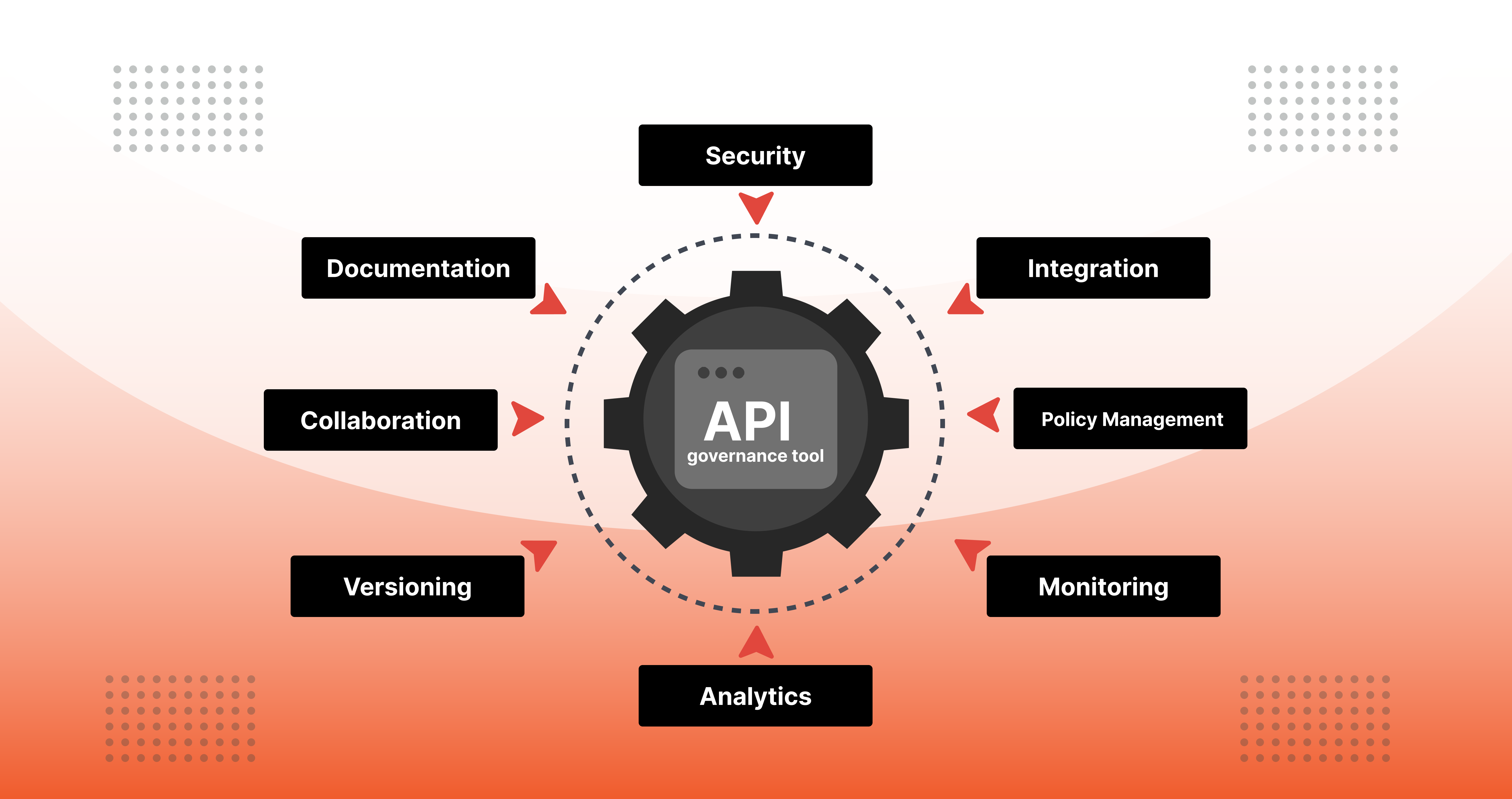




.jpg)
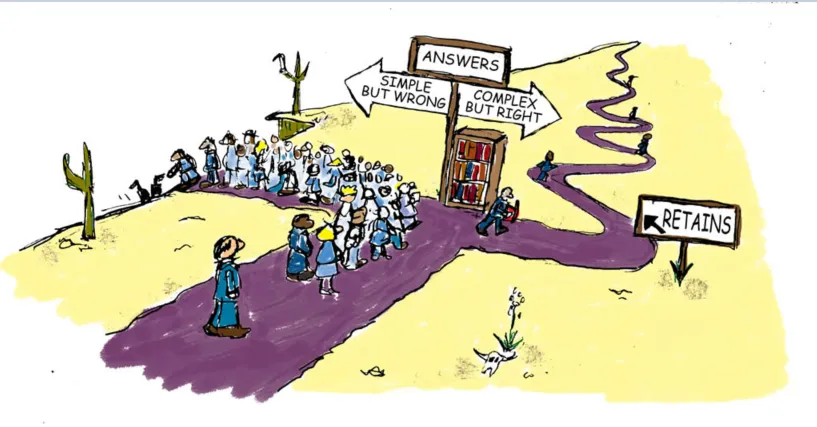
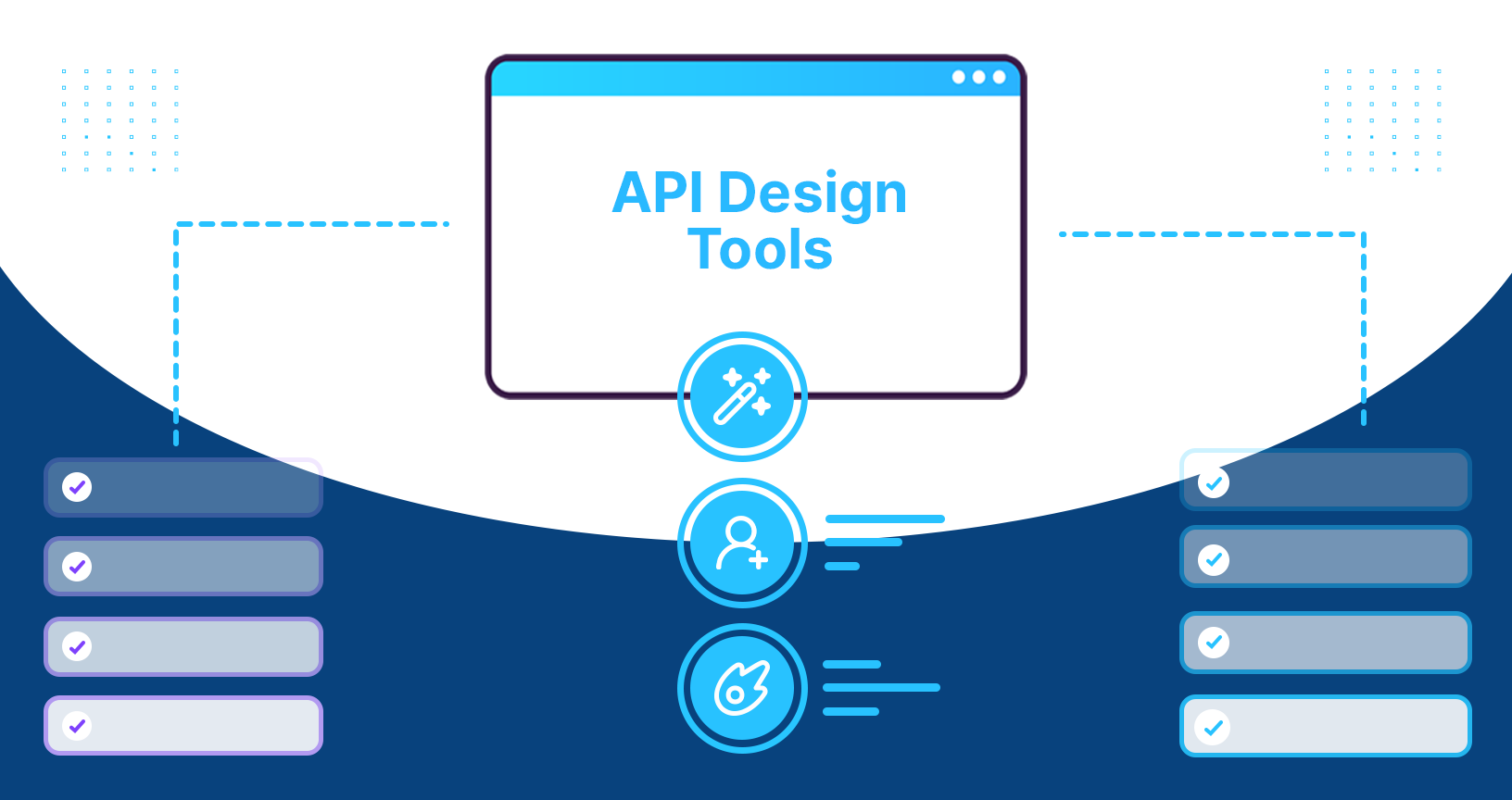

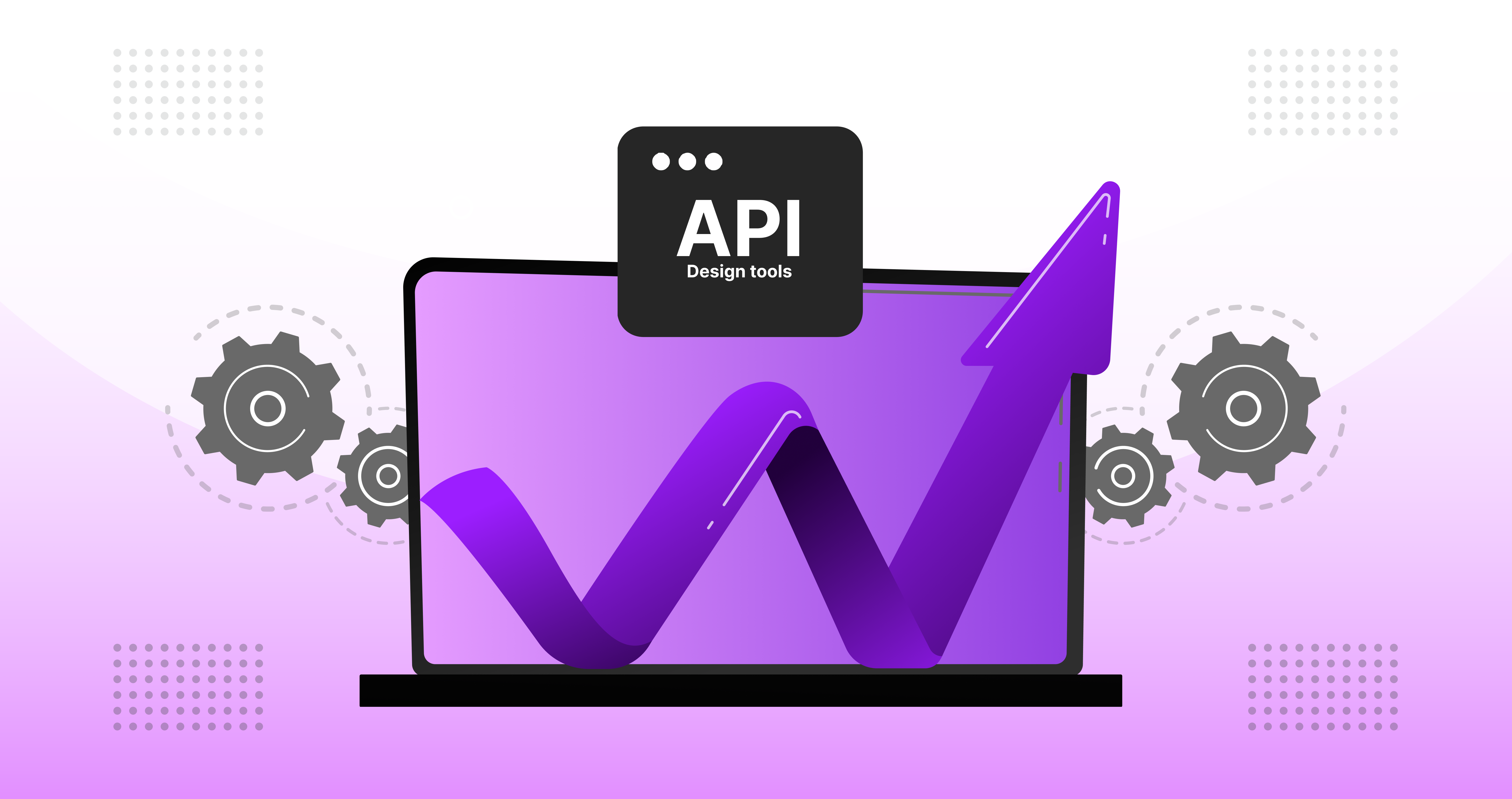



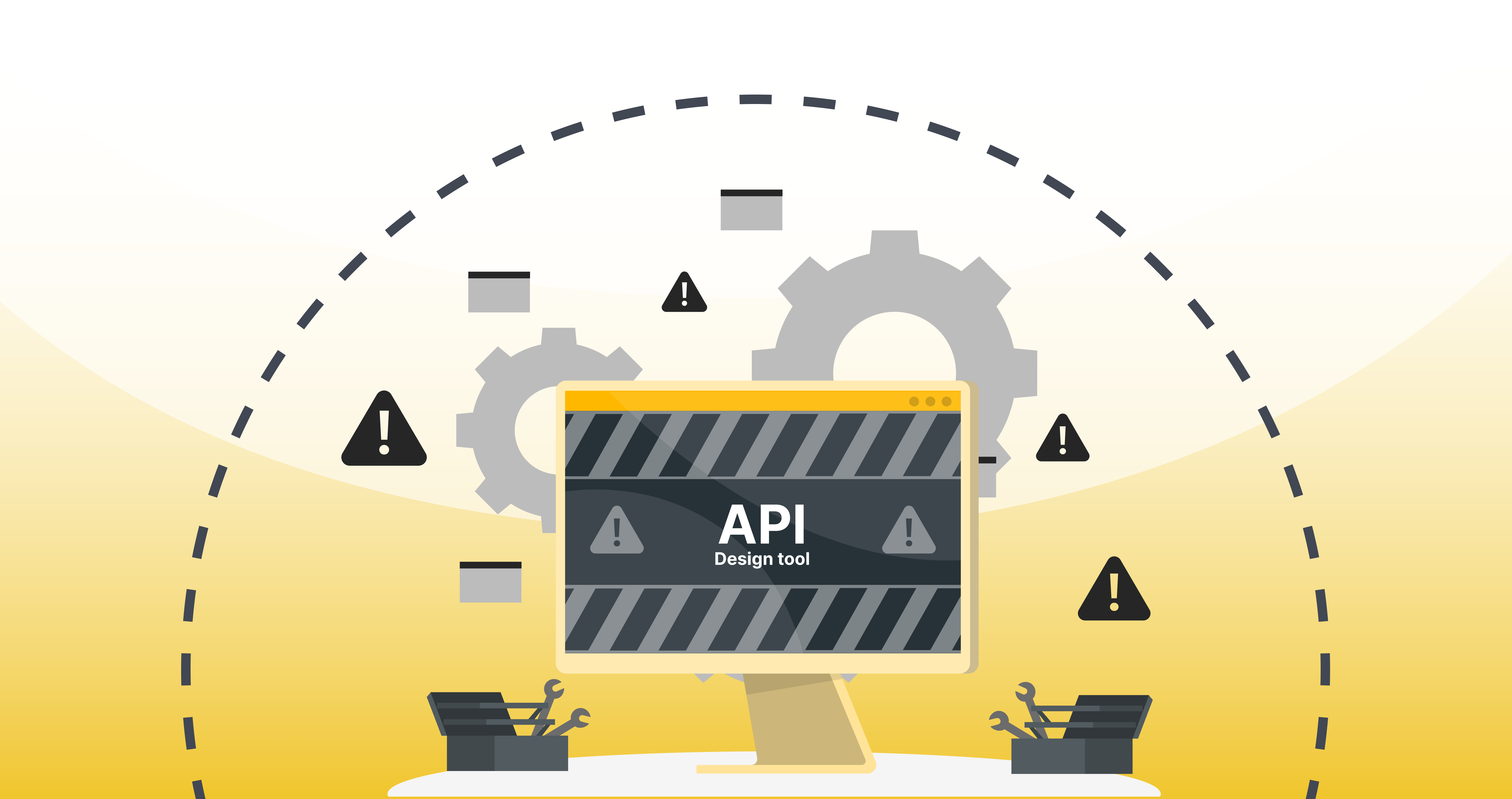

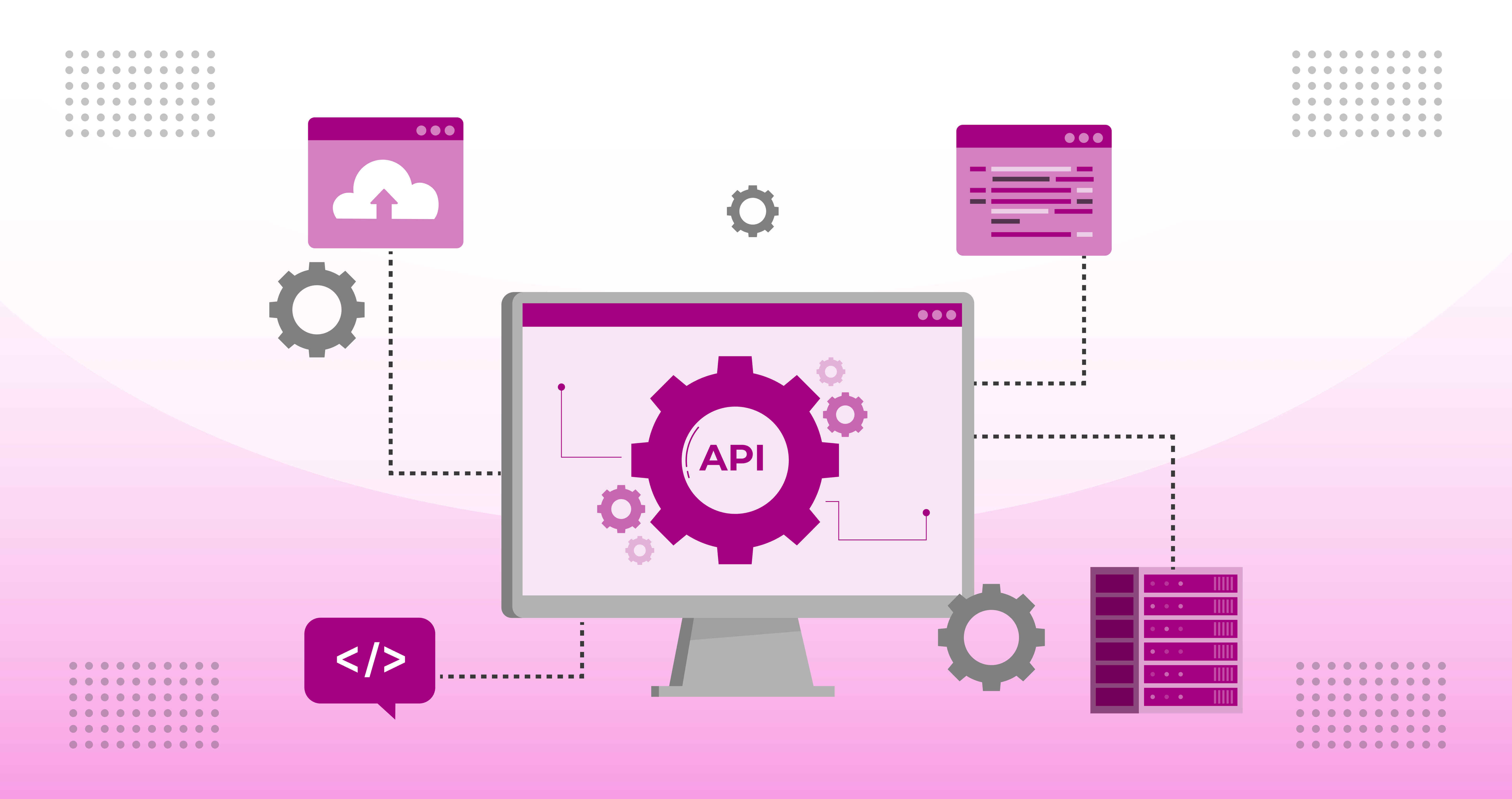

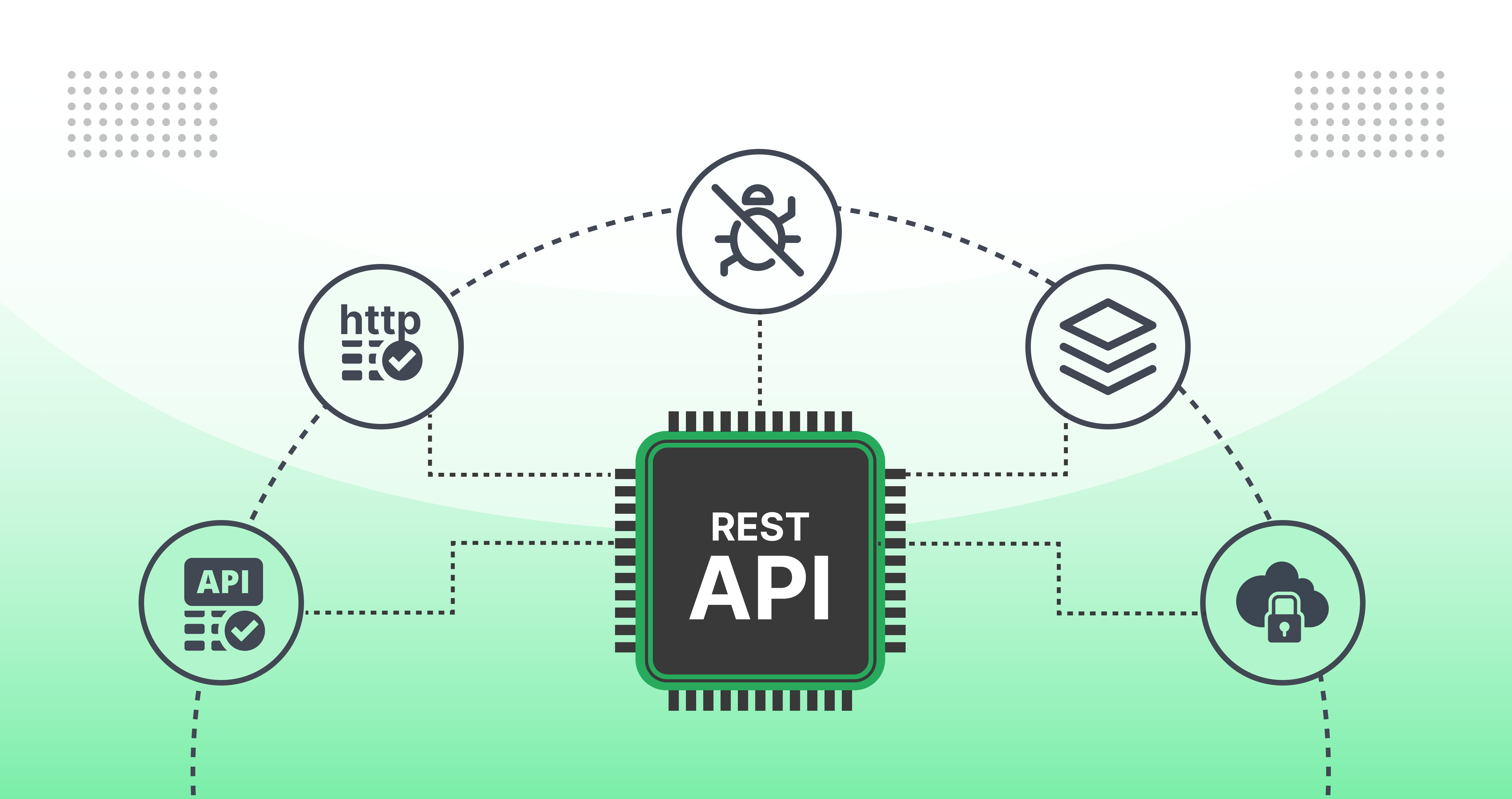

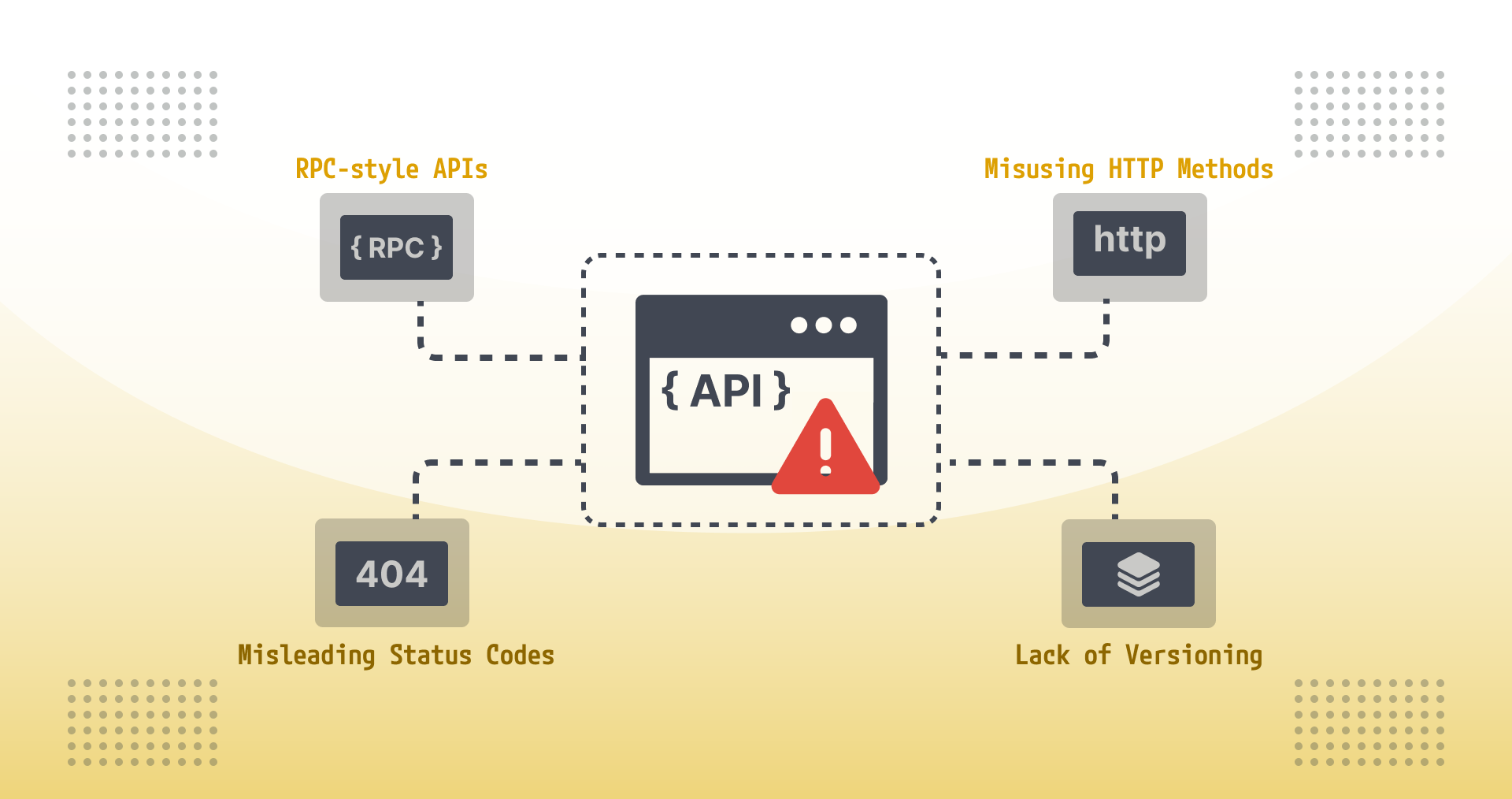

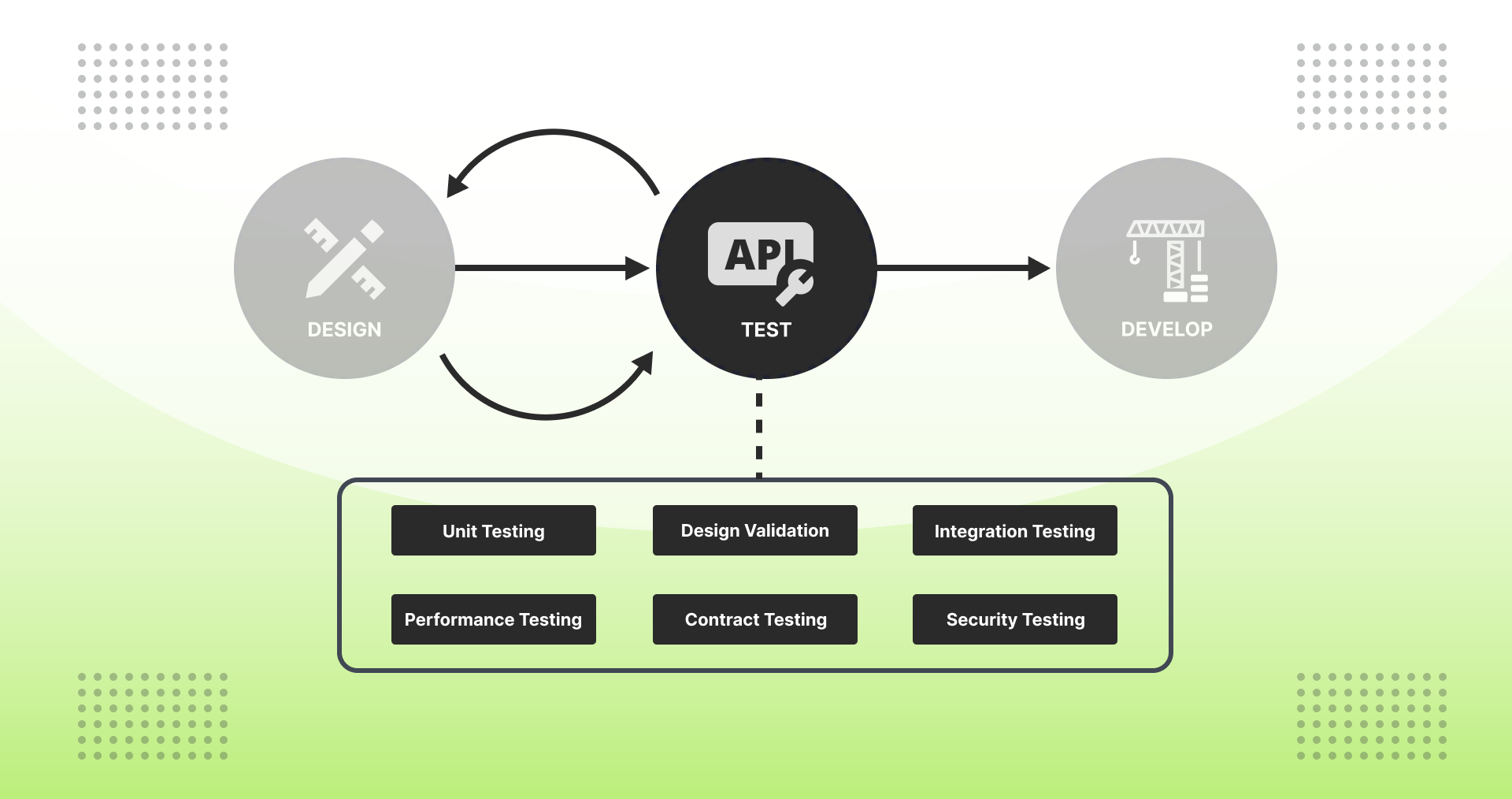



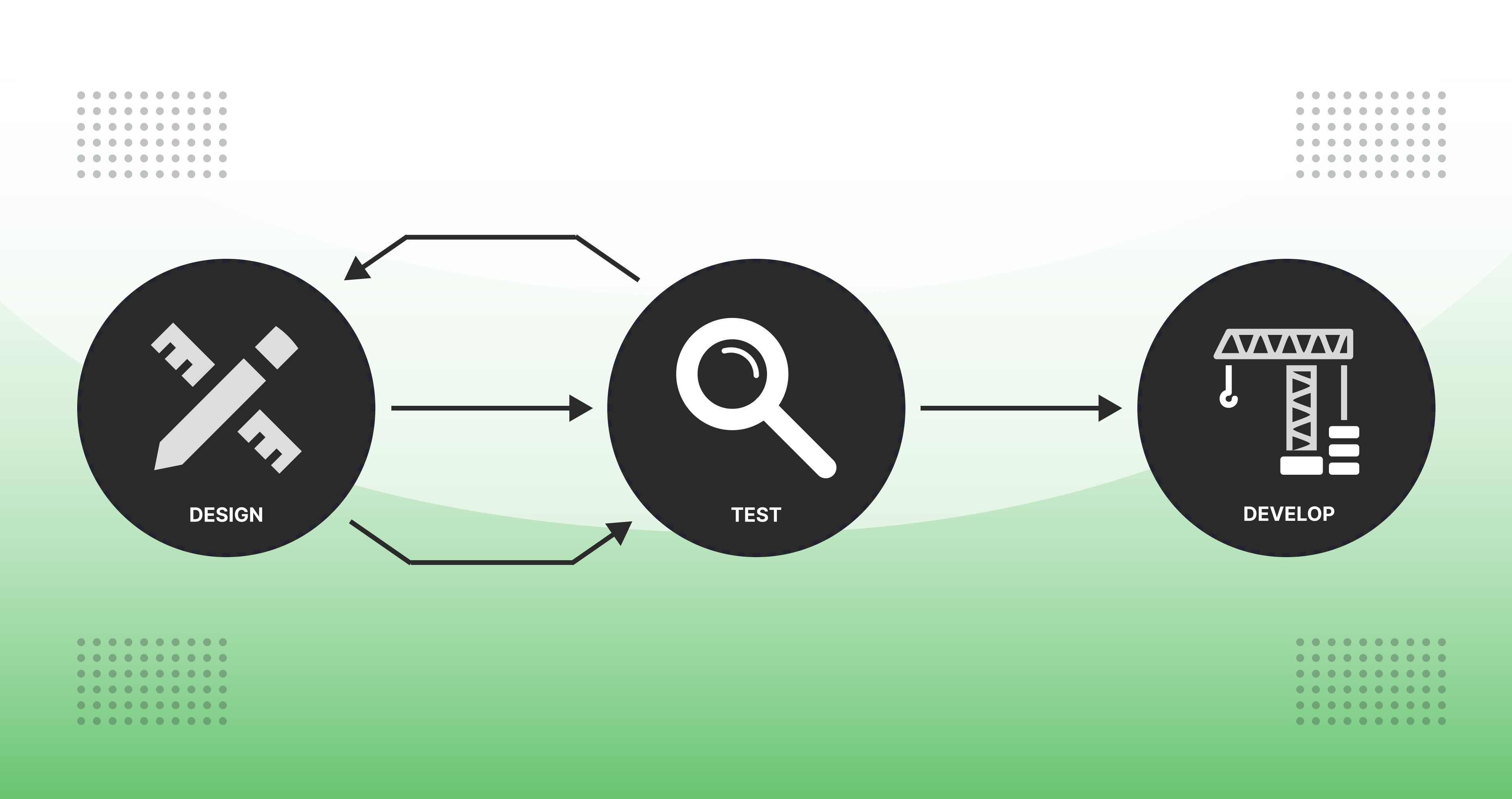

.jpg)
